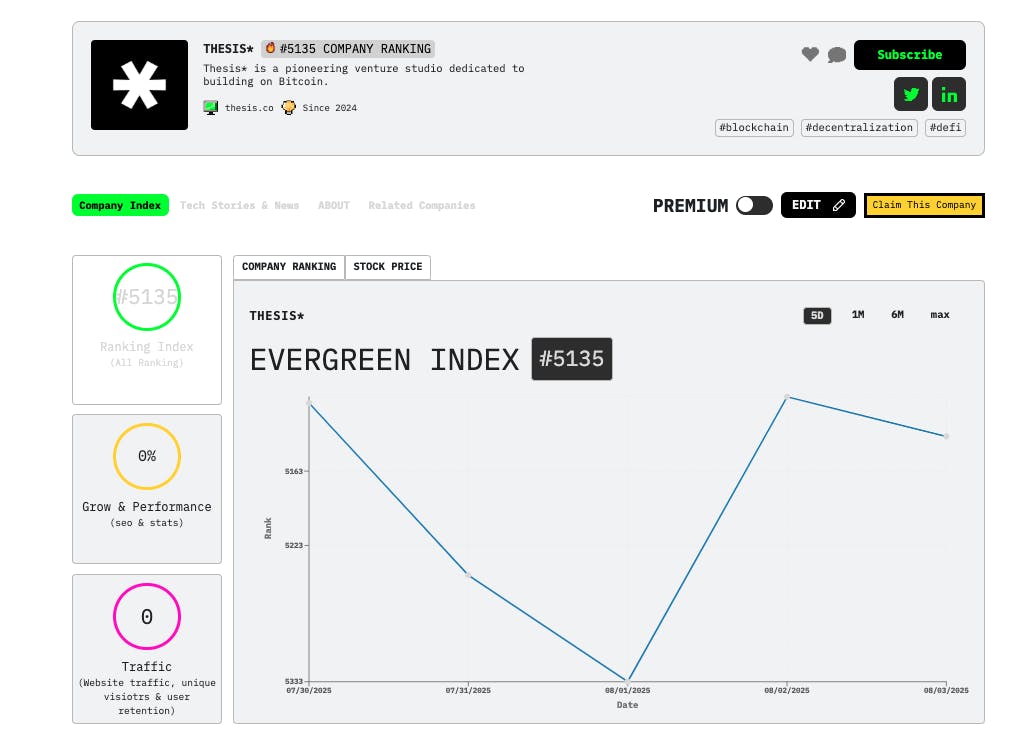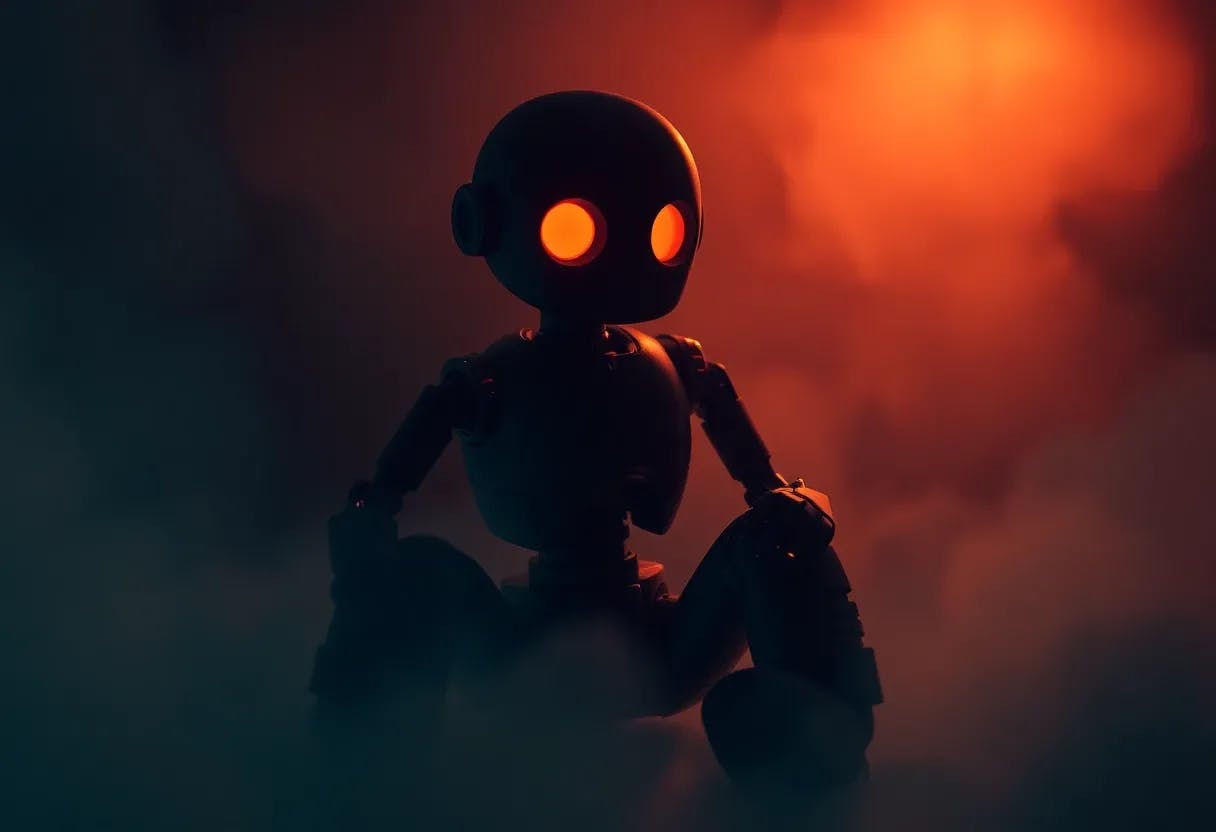ANDREA BARTZ, CHARLES GRAEBER, and KIRK WALLACE JOHNSON v. ANTHROPIC PBC, retrieved on June 25, 2025, is part of
4. THE EFFECT OF THE USE UPON THE MARKET FOR OR VALUE OF THE COPYRIGHTED WORK
The final factor is “the effect of the use upon the potential market for or value of the copyrighted work.” 17 U.S.C. § 107(4). This factor points against fair use when a copyist makes copies available that displace demand for copies the copyright owner already makes available or readily could. Texaco, 60 F.3d at 926–28 (reproduced copies); Dr. Seuss Enters., L.P. v. ComicMix LLC, 983 F.3d 443, 461 (9th Cir. 2020) (derivative copies). “While the first factor considers whether and to what extent an original work and secondary use [in principle could] have substitutable purposes, the fourth factor focuses on actual or potential market substitution.” Warhol, 598 U.S. at 536 n.12 (emphasis added).
A. THE COPIES USED TO TRAIN SPECIFIC LLMS
The copies used to train specific LLMs did not and will not displace demand for copies of Authors’ works, or not in the way that counts under the Copyright Act.
Again, Authors concede that training LLMs did not result in any exact copies nor even infringing knockoffs of their works being provided to the public. If that were not so, this would be a different case. Authors remain free to bring that case in the future should such facts develop.
Instead, Authors contend generically that training LLMs will result in an explosion of works competing with their works — such as by creating alternative summaries of factual events, alternative examples of compelling writing about fictional events, and so on. This order assumes that is so (Opp. 22–23 (citing, e.g., Opp. Exh. 38)). But Authors’ complaint is no different than it would be if they complained that training schoolchildren to write well would result in an explosion of competing works. This is not the kind of competitive or creative displacement that concerns the Copyright Act. The Act seeks to advance original works of authorship, not to protect authors against competition. Sega, 977 F.2d at 1523–24.
Authors next contend that training LLMs displaced (or will) an emerging market for licensing their works for the narrow purpose of training LLMs (Opp. 21–22). Anthropic argues that transactional costs would exceed Anthropic’s expected benefit from any such bargain, prompting it to cease dealing with any rightsholders or else to cease developing such technology altogether (Br. 22–23). Our record could support either account — so this order must assume Authors are correct. A market could develop (Opp. 19–21 (citing record)). Even so, such a market for that use is not one the Copyright Act entitles Authors to exploit.
None of the cases cited by Authors requires a different result. All contemplated losses of something the Copyright Act properly protected — not the kinds of fair uses for which a copyright owner cannot rightly expect to control. See TVEyes, Inc., 883 F.3d at 181 (use of a right legally reserved to and factually already being licensed by copyright owner); Texaco, 60 F.3d 931 (same); Ringgold v. BET, Inc., 126 F.3d 70, 80–81 (2d Cir. 1997) (use of a right legally reserved to and factually likely to be marketable by copyright owner — displaying images of her artistic work in television shows); cf. Seltzer v. Green Day, Inc., 725 F.3d 1170, 1179 (9th Cir. 2013) (no evidence use could be or “was likely to” be marketable).
The fourth factor thus favors fair use for the training copies.
B. THE COPIES USED TO BUILD A CENTRAL LIBRARY
(i) The Purchased Library Copies Converted from Print to Digital
For these copies, this order assumes Anthropic’s format change from print to digital displaced purchases of new digital copies that Anthropic would have made directly from Authors (had it not been able to purchase print copies in used condition). But for reasons stated under the first factor, such losses did not relate to something the Copyright Act reserves for Authors to exploit. It was a format change.
Authors’ next argument, it seems, is that the format change nonetheless exposed it to usurpation of the opportunity to sell rightful copies because Anthropic might transmit additional unauthorized digital copies more readily than it could have transmitted additional unauthorized print copies — and that the same would be true for all format converters (cf. Opp. 25 n.14; Opp. Expert Malackowski ¶ 52). But after much discovery, there is no inkling in our record of intent to redistribute library copies once acquired nor of inability to secure that valuable library against outside actors. And, if the internal, central library copies did or do in fact lead to further reproduction or distribution, those further copies remain redressable separately by Authors. The format change did not itself usurp the Authors’ rightful entitlements.
This factor is thus neutral for the purchased library copies converted from print to digital.
(ii) The Pirated Library Copies
The copies used to build a central library and that were obtained from pirated sources plainly displaced demand for Authors’ books — copy for copy. Not every person who merely intends to make a fair use of a work is thereby entitled to a full copy in the meantime, nor even to steal a copy so that achieving this fair use is especially simple or cost-effective. Here, the copies employed in training LLMs were one thing, but the copies acquired to assemble a convenient, general-purpose library of works for various uses for which the company might have of them, if any, was a different use altogether.
Anthropic has almost no rebuttal on these points. First, Anthropic argues that “Claude’s services do not reduce [or usurp] the value of Plaintiffs’ works through substitution in their traditional markets” (see Br. Expert Peterson ¶ 33). But stealing pirated copies of Authors’ works plainly did. Second, Anthropic argues that it may have been able to purchase some books on the open market (and some other texts), but not other texts it copied (cf. id. ¶ 48 (re licensing)). But this case does not concern those other texts it could not have purchased. It could have purchased Authors’ books (and many others). In fact it later did. Finally, Anthropic argues that the effect on these texts from one book foregone was too small to be considered (see id. ¶ 77). But the test requires that we contemplate the likely result were the conduct to be condoned as a fair use — namely to steal a work you could otherwise buy (a book, millions of books) so long as you at least loosely intend to make further copies for a purportedly transformative use (writing a book review with excerpts, training LLMs, etc.), without any accountability. As Anthropic itself suggested, “That would destroy the [entire] publishing market if that were the case” (see Tr. 53; see also Tr. 32, 41; Opp. Expert Malackowski ¶¶ 31–34, 38).
The fourth factor points against fair use for the pirated library copies.
About HackerNoon Legal PDF Series: We bring you the most important technical and insightful public domain court case filings.
This court case retrieved on June 25, 2025, from storage.courtlistener.com, is part of the public domain. The court-created documents are works of the federal government, and under copyright law, are automatically placed in the public domain and may be shared without legal restriction.











